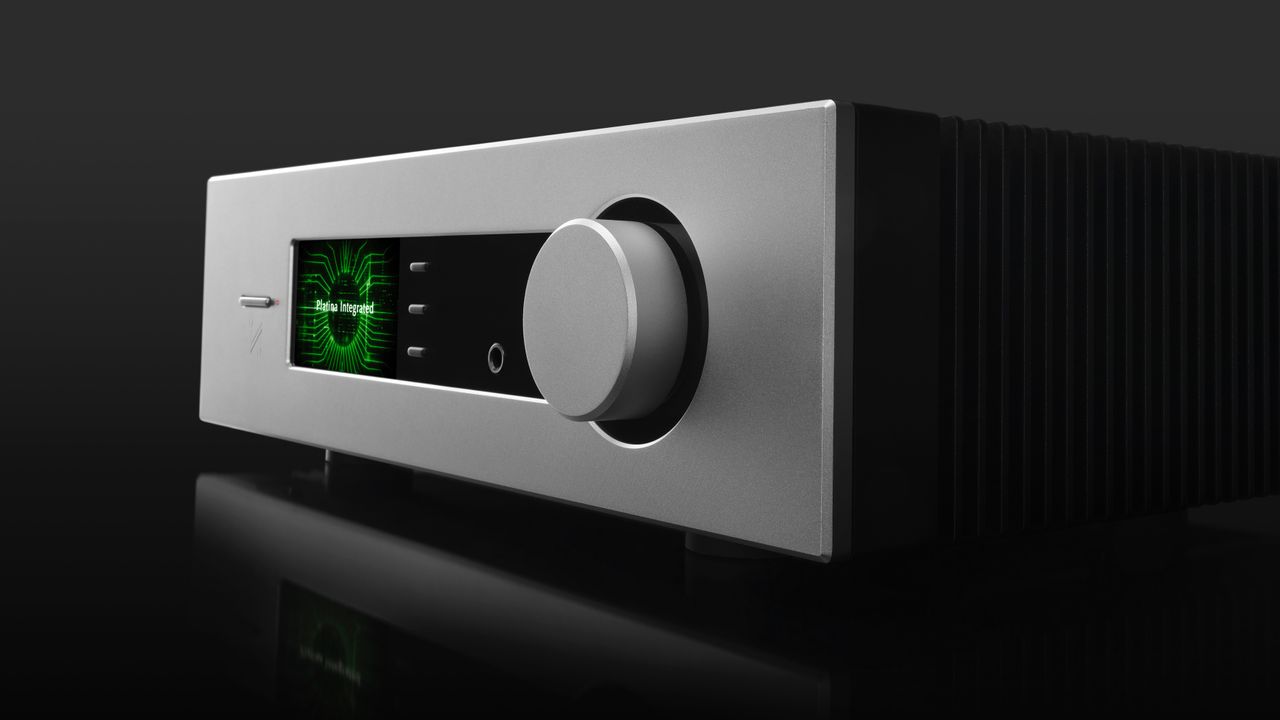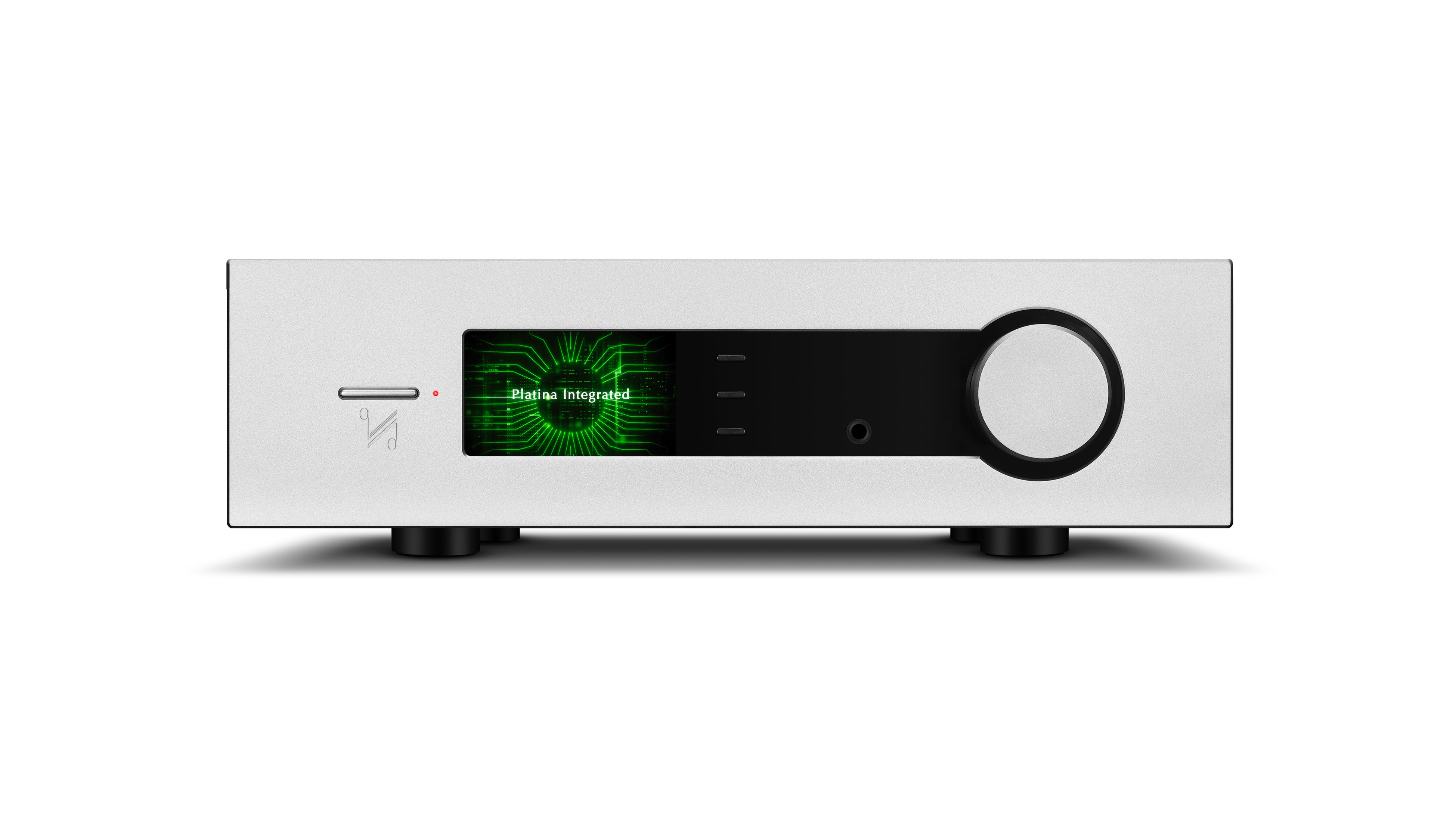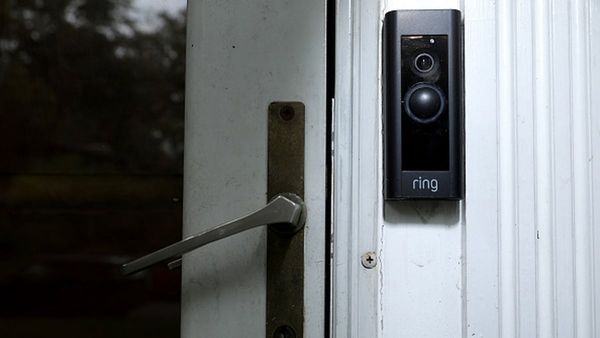
We first spied a prototype of Quad's Platina Series at the High End Munich show in 2023, but now it's getting an official roll out. The jewel in its crown? The Platina Integrated, which Quad claims is its “finest-ever integrated amplifier”.
You can trace its lineage all the way back to Quad's 33/303, its first pre/power amp that launched in 1967. Nearly 60 years later, the technology has come on significantly while remaining true to Quad's original mission of capturing the sound of the music as accurately as possible.
The Platina Integrated is the result of an exhaustive – and possibly exhausting – five-year development process in which Quad engineers re-examined every circuit element of their amps and started afresh. The result is “ideal for driving the world’s finest loudspeakers”, according to Quad.
It certainly looks up to the job, with a dual-mono Class AB design delivering 200W per channel into 8 ohms and 300W into 4 ohms, with a maximum output current of 20A. All of which should be enough to handle even the most demanding of speakers.
Where Quad couldn't source suitable components, it designed its own, working with partners such as Wurth Elektronik. The 630VA toroidal transformer was also custom designed for the Platina Integrated, combining a large filter capacity in the power supply and cascaded voltage regulators in the analogue and digital sections. That should mean a high degree of musical integrity, with “exceptional realism, dimensionality and grace”.
The low-impedance, noise-immune design is achieved through extensive surface-mount component integration, while optimised component-placement minimises circuit loops to reduce electromagnetic interference.
In terms of inputs, you get a USB-C, four S/PDIF inputs (two coaxial and two optical) and an HDMI ARC for connecting to a home cinema system. There are also a balanced XLR and three RCAs (two line-level and one for a turntable). And outputs? There are gold-plated binding posts for connecting speakers, along with RCA and balanced XLR pre-outs (for an external power amplifier or active speakers, or to add a subwoofer) and a 6.35mm headphone socket.
The Sabre ES9038PRO DAC chip helps the Platina Integrated to handle digital sources, while two master-clocks eliminate jitter. And it plays nice with all manner of hi-res files, while also upsampling lower-quality audio streams to 352.8kHz/384kHz. It's also certified Roon Tested to work seamlessly in a Roon-controlled environment.

But chances are you won't be using this with only digital sources, so you’ll be glad to hear it is also engineered to work well with vinyl. Quad’s new phono stage amplifies the signal from both moving magnet (MM) and moving coil (MC) phono cartridges to line level, plus it applies precise RIAA equalisation to reveal “supreme definition, depth and dynamic range”.
There are also three settings – 46dB, 52dB and 60dB – to match the output of your chosen cartridge.
It's also designed with headphones in mind. Its dedicated headphone-amplifier circuitry has an ultra-low-noise current-feedback design, meaning more clarity, a wider bandwidth and better transient response to react faster to dynamic changes in the music.
And then there's the build quality. While its fascia design and side-mounted heat sinks echo Quad amps of old, it has a new industrial design, with a steel chassis, thick anodised aluminium front panel and vibration-damping feet. Its 4.3-inch screen has ‘sci-fi green’ as its signature colour across the Platina Series, and can be set to show the volume, real-time signal levels, logos and more.
So how much does it cost? It goes on sale next month for £3499 / $5495 / AU$7999 with a choice of either silver or black front panel. It will be accompanied by the Platina Stream network player (whose details are due to follow soon), while a matching CD transport will follow in the spring of 2026.
MORE:
Check out the 9 best stereo amplifiers
We have reviewed hundreds of stereo amplifiers – for most hi-fi systems, these are the only three you need to consider
This hidden hi-fi danger can ruin the sound from your stereo speakers – here’s how to avoid it







